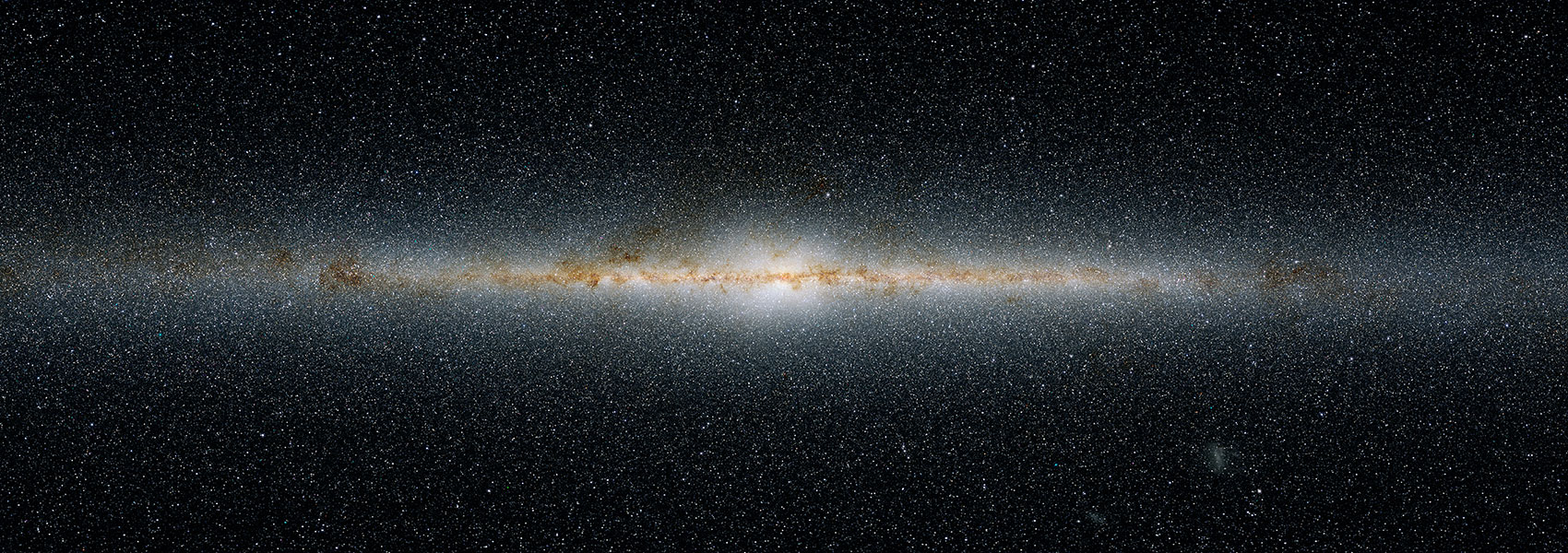
Emission lines due to ionizing radiation from a compact object in the remnant of Supernova 1987A
February 2024 • 2024Sci...383..898F
Abstract • The nearby Supernova 1987A was accompanied by a burst of neutrino emission, which indicates that a compact object (a neutron star or black hole) was formed in the explosion. There has been no direct observation of this compact object. In this work, we observe the supernova remnant with JWST spectroscopy, finding narrow infrared emission lines of argon and sulfur. The line emission is spatially unresolved and blueshifted in velocity relative to the supernova rest frame. We interpret the lines as gas illuminated by a source of ionizing photons located close to the center of the expanding ejecta. Photoionization models show that the line ratios are consistent with ionization by a cooling neutron star or a pulsar wind nebula. The velocity shift could be evidence for a neutron star natal kick.
Links
- SIMBAD https://simbad.u-strasbg.fr/simbad/sim-ref?querymethod=bib&simbo=on&submit=submit+bibcode&bibcode=2024Sci...383..898F
- PDF https://www.science.org/doi/epdf/10.1126/science.adj5796
- PREPRINT http://arxiv.org/abs/2403.04386
- DATA https://archive.stsci.edu/mastbibref.php?bibcode=2024Sci...383..898F
- ELECTR https://doi.org/10.1126%2Fscience.adj5796


